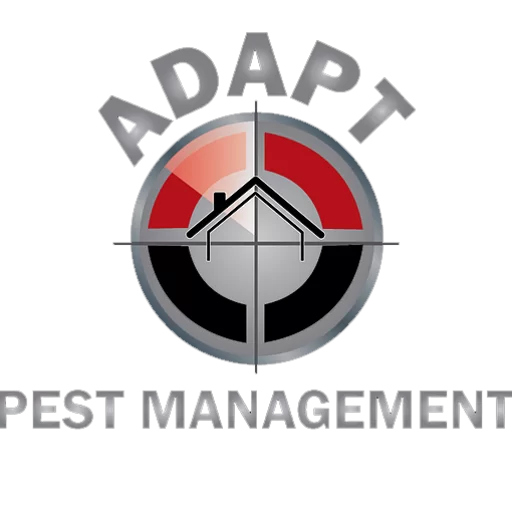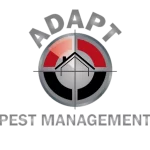The other day, a customer of ours was taking their landscaper out back to explore taking down a retaining wall that was becoming an eye sore on their property. The retaining wall was made up of natural stone. It was set up in the 1960s, and the stone was old and, in some ways, nonsensical.
As the customer was explained the situation to the landscaper, they lifted up one of the rocks. There, under the stone, was a family of snakes.
Retaining Walls Are the Perfect Spot for Pests
Retaining walls, especially those with jagged edges, are the perfect hiding spot for all types of pests. Snakes are the “scariest” one, but you can find all different types of spiders (including black widows), mice, rats, lizards, and cockroaches all hiding within the stone or concrete.
Any retaining wall that has any dark spots or areas that can be entered – even if the hole is as small as the thin part of a dime – can quickly become an extremely safe place for pests to grow and thrive.
What Can You Do?
Pests are always going to live outdoors. If you have a retaining wall, then you’re going to open yourself up for pests. There is not much you can do to prevent this risk without tearing down your retaining wall. If you have a recently renovated landscape, that is likely not a realistic solution.
Instead, just be careful when spending time around your retaining wall, especially if you cannot see within the cracks. Make sure that you invest in pest control, because you do run a higher risk of pests. If you see any openings that can be sealed, seal them, to prevent pests from living and breeding inside.
You’re always going to find bugs and wildlife outdoors. But you can still be careful and aware of where they may be hiding.

